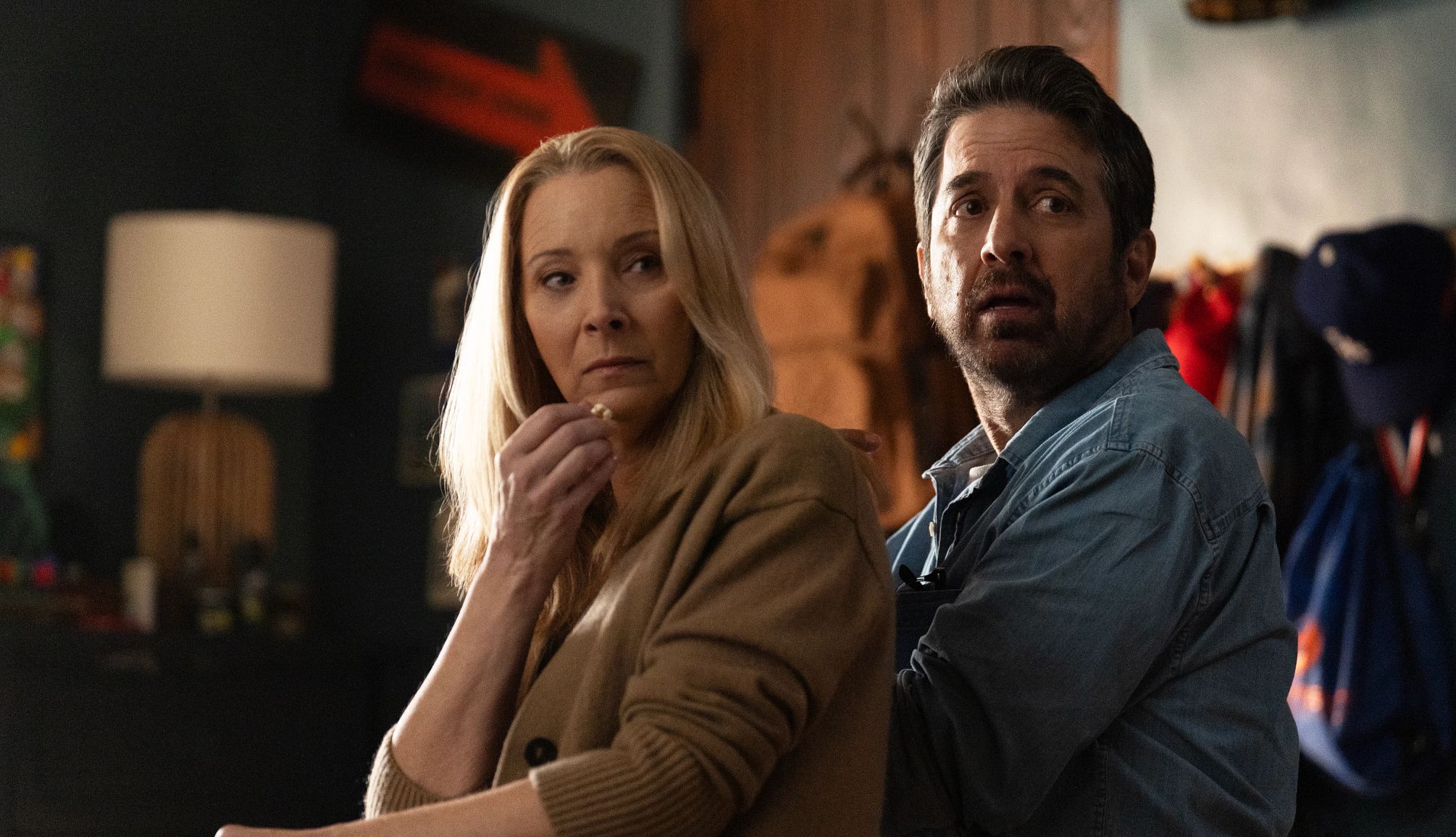AARP Hearing Center
Fraud schemes and scams aimed at older Americans are not unique to the digital age. They’ve been around from “the days of the medicine man,” as Dr. Ethel Percy Andrus, AARP’s founder, testified in 1963 before the U.S. Senate Special Committee on Aging. Since our founding in 1958, AARP has been in the forefront of arming consumers to fight back.
Medicare has been a favorite target of scam artists from virtually the moment the program was signed into law in July 1965. In the October 1965 News Bulletin, AARP was already reporting, “Swindlers posing as representatives of the Social Security Administration are attempting to defraud older Americans by offering them a ‘special discount’ on Medicare premiums if they sign up early and pay in advance.” Sadly, the victims were paying their Medicare premiums to crooks and not to the government.
Warning consumers
To spread the word more broadly about fraud, in 1966 Dr. Andrus invited the former chairman of the Federal Trade Commission to write a series of articles for AARP’s magazine about trends in consumer deception.
In the early 1970s, it was estimated that such scams were costing Americans about $4 billion a year. In 1973, AARP launched a Crime and Safety Program to help older Americans avoid becoming victims of burglary, assault and consumer fraud. “This new program provides practical pointers to help older citizens cope with violent crime, achieve a higher level of personal safety, protect their property and develop working relationships with local law enforcement officials,” wrote AARP’s then-President Foster Pratt in Modern Maturity, the precursor to AARP The Magazine.
By the 1980s, AARP established a community service program, Criminal Justice Services, to focus on letting older people live independently in their homes and neighborhoods through safety and crime prevention activities. It brought together representatives from the International Association of Chiefs of Police and the National Sheriffs’ Association to try to define ways to help keep older adults safe from crime. The resulting triad united local law enforcement professionals, community leaders and AARP volunteers to focus on preventing criminal victimization, domestic abuse and mistreatment, and mail and telephone fraud against the elderly. The first triad agreement was signed in 1988 in St. Martin Parish near Lafayette, Louisiana. The model quickly spread to more than 800 counties by the early 2000s.
Estimated loss: $40 billion a year
By the mid-1990s, telemarketing fraud was becoming America’s most pervasive white-collar crime with an annual “take” estimated at more than $40 billion. A special 1991 report in Modern Maturity dealt with “Telefraud and Other Rip-Offs.” In 1995, a landmark survey by AARP on telemarketing fraud revealed that more than half of all victims were 50 or older — even though that age group represented less than a third of the U.S. population.
































.jpg?crop=true&anchor=13,195&q=80&color=ffffffff&u=lywnjt&w=2008&h=1154)
































